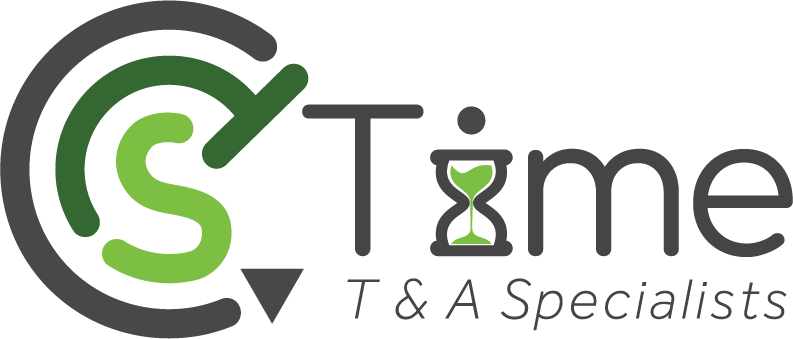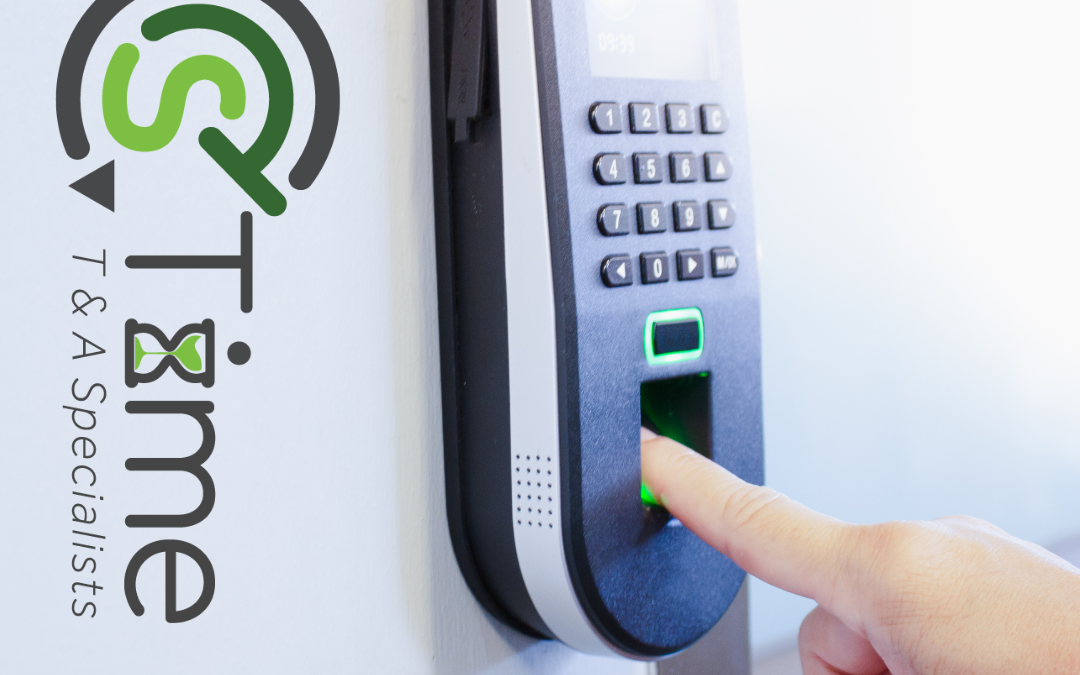Time and Attendance Systems – Maximize Efficiency and Minimize Errors
In today’s fast-paced business world, organizations are constantly seeking ways to maximize efficiency and minimize errors. One area that often requires improvement is time and attendance tracking. Traditional manual systems are prone to inaccuracies and can be time-consuming for both employees and HR departments. Enter advanced time and attendance systems, a game-changer for companies looking to streamline their operations.
With the latest technology and sophisticated features, these systems offer a range of benefits. From biometric authentication to mobile accessibility, employees can clock in and out seamlessly, eliminating the need for time-consuming manual record-keeping. Furthermore, these systems provide accurate data in real-time, allowing managers to make informed decisions and optimize staffing levels.
By incorporating advanced time and attendance systems into their workflow, companies can reduce errors, improve productivity, and ultimately save costs. Whether your business is large or small, the advantages of these systems are undeniable. Stay ahead of the competition and increase your organization’s efficiency with the implementation of advanced time and attendance systems.
Common challenges with traditional time and attendance methods
Efficient time and attendance management is crucial for businesses of all sizes. Without accurate tracking, organizations can face a variety of challenges, including payroll errors, compliance issues, and inefficient resource allocation. Traditional manual systems, such as paper timesheets or punch cards, are prone to errors and can be easily manipulated.
Furthermore, manual systems require significant administrative effort to compile and calculate employee hours. This time-consuming process can lead to delays in payroll processing and increased workload for HR departments. By utilizing advanced time and attendance systems, businesses can automate the tracking process, reducing errors and freeing up valuable time for other tasks.
Benefits of advanced time and attendance systems
Traditional time and attendance methods can present numerous challenges for organizations. One of the main issues is the potential for human error. Whether it’s employees forgetting to clock in or out or inaccurately recording their working hours, manual systems are highly susceptible to mistakes. These errors can lead to incorrect payroll calculations, disputes between employees and employers, and potential legal issues.
Another challenge with manual systems is the lack of real-time data. HR departments often have to wait until the end of the pay period to compile and analyze attendance records. This delay makes it difficult for managers to make timely decisions regarding staffing levels and resource allocation. Additionally, manual record-keeping can be cumbersome and time-consuming, requiring significant administrative effort.
Features to look for in an advanced time and attendance system
Advanced time and attendance systems offer a wide range of benefits for businesses. One of the key advantages is the accuracy of data. With biometric authentication, employees can clock in and out using their fingerprints or facial recognition, ensuring that only authorized personnel are recording their working hours. This eliminates the possibility of buddy punching, where employees clock in for each other.
Real-time data is another significant benefit of advanced time and attendance systems. Managers can access attendance records instantly, allowing them to monitor employee hours, track attendance patterns, and make informed decisions regarding staffing levels. This real-time data also enables organizations to identify and address attendance issues promptly, minimizing the impact on productivity.
Furthermore, advanced time and attendance systems offer mobile accessibility, allowing employees to clock in and out remotely. This feature is particularly beneficial for organizations with remote workers or employees who frequently travel. Mobile accessibility ensures that accurate attendance records are maintained regardless of the employees’ location, improving overall efficiency and eliminating the need for manual record-keeping.
Implementing an advanced time and attendance system in your organization
When selecting an advanced time and attendance system for your organization, there are several key features to consider. Firstly, biometric authentication is crucial for ensuring accurate and secure data. Look for systems that offer fingerprint or facial recognition technology to prevent buddy punching and unauthorized access.
Secondly, real-time data and reporting capabilities are essential. Choose a system that provides instant access to attendance records, allowing managers to monitor and analyze data in real-time. The system should also offer customizable reports that can be generated effortlessly, providing valuable insights into attendance patterns and trends.
Additionally, mobile accessibility is becoming increasingly important in today’s digital age. Ensure that the system you choose allows employees to clock in and out using their smartphones or other mobile devices. This feature provides flexibility and convenience for employees while maintaining accurate attendance records.
Best practices for maximizing efficiency with time and attendance systems
Implementing an advanced time and attendance system in your organization requires careful planning and consideration. Start by assessing your organization’s specific needs and requirements. Consider factors such as the number of employees, the complexity of attendance policies, and any unique compliance regulations that need to be adhered to.
Once you have identified your needs, research and evaluate different time and attendance systems available in the market. Look for systems that align with your requirements and offer the necessary features and functionalities. It is also important to consider the scalability of the system, ensuring that it can accommodate your organization’s future growth.
After selecting a system, develop a detailed implementation plan. This plan should include timelines, training sessions for employees and managers, data migration strategies, and a communication plan to ensure a smooth transition. It is essential to involve key stakeholders throughout the process and address any concerns or questions they may have.
Case studies of organizations that have successfully implemented advanced time and attendance systems
To maximize efficiency with time and attendance systems, it is important to establish best practices within your organization. Firstly, clearly communicate attendance policies and expectations to all employees. Make sure they understand the importance of accurate time tracking and the consequences of non-compliance.
Regularly monitor and review attendance data to identify any patterns or trends that may require attention. This proactive approach allows managers to address potential attendance issues promptly, minimizing their impact on productivity. Additionally, encourage employees to take ownership of their attendance records by regularly reviewing and verifying their data.
Invest in ongoing training and support for employees and managers to ensure they are fully proficient in using the time and attendance system. This training should cover all features and functionalities of the system and address any common questions or concerns. Regular refresher sessions can also help reinforce best practices and ensure continued compliance.
Conclusion: Streamline your workforce management with advanced time and attendance systems
Choosing the right time and attendance system for your organization requires careful consideration of your specific needs and requirements. When evaluating different systems, consider factors such as the size of your workforce, your industry’s compliance regulations, and the complexity of your attendance policies.
Look for systems that offer the necessary features and functionalities to meet your organization’s needs. Biometric authentication, real-time data reporting, and mobile accessibility are essential features to consider. Additionally, consider the system’s user-friendliness, scalability, and integration capabilities with other HR and payroll systems.
It is also important to evaluate the reputation and track record of the time and attendance system provider. Read customer reviews, request references, and assess their level of customer support and ongoing maintenance services. Choose a provider that has a proven track record of successful implementations and long-term customer satisfaction.
Read about CTSTime Time and Attendance Packages
Looking for Payroll Services Contact Contraserv

